World Fine Art Professionals and their Key-Pieces, 210 - Friso Spoelstra
World Fine Art Professionals and their Key-Pieces, 210 – Friso Spoelstra
For the past 14 years, Friso Spoelstra has traveled through Europe in search of ritual feasts. Over the years, he collected images of various European meetings that revolve around pre-Christian and pre-Islamic rituals. These rituals bind the – often isolated – communities to their pagan past. It was recently on display at the ‘Devils & Angels – ritual feasts in Europe’ exhibition at the WM Gallery in Amsterdam.
Spoelstra filmed and photographed in fifteen different European countries. A selection of the images has appeared in the photo album ‘Devils & Angels – Ritual Feasts in Europe’ and has been published by Lecturis. In the book you see the diversity of Europe. Although the differences are great at all those feasts, there are also many common features.
Sunneklaas and Sunderum
Friso Spoelstra elaborates on this as he walks past the photos in the gallery. We look at photos of the Sunneklaas party on Ameland and Sunderum on Terschelling. “That takes place on December 7, but Saint Nicholas, Sinterklaas, is not involved. ‘Sun’ could be a reference to ‘sun’. It is not a children’s party. They are fraternities that become active in the evenings and at night, very mysterious. On Ameland they take the feast the most seriously. ‘You are requested to stay at a distance in order to avoid less pleasant experiences’ can be read on leaflets scattered on the ferry to the island. At five o’clock in the afternoon the street sweepers, ‘Baanvegers’, arrive on the street. Boys wave sticks and chains to clear the road. Women and children under the age of 18 are driven off the streets. To challenge them, the girls and women bleat like sheep from the houses. When the lane is free, the street lights go out and the Sunneklases come out of their houses. All with a mask, a beard, a hat and a cape. ”
Friso Spoelstra has been there twice. “At a given moment, those different groups of Sunneklases meet each other. A kind of initiation ritual then follows. A kind of arm wrestling. They try to guess each other’s identity. That is complicated because everyone speaks in a twisted voice.” But if someone’s identity is found out, ‘You are De Vries,’ then he is knocked off the road with sticks. He is no longer an ancestor, but has become ‘human’ again. Friso Spoelstra: “It is a cult of the dead, a remnant of pre-Christian mythologies and beliefs.”
Black smudges
Terschelling is a bit friendlier than Ameland. “There you have the ‘Sunderums’. They come to people’s homes and they have to guess their identity.” You are more easily admitted in one place than in another, Spoelstra learned. “In Germany and Bavaria you don’t get in immediately either, but in Romania it was fantastic, as open as people were there.”
We look at the photos from Transylvania / Romania. Men with armor made from tree bark, branches and leaves. Under a wooden suit a huge penis is hidden. One of the costumed men with a soot-black face tries to push a girl into the water, but that doesn’t work. The girl is stronger than he is. “The party has been around for hundreds, if not thousands of years. It is a celebration of energy, but also of ancestors and fertility. The ‘actors’ have been made unrecognizable. They also give the viewers black smudges on their faces to protect you from evil. You will also get those black marks at the Feste Pagane in Sardinia in Italy. There they yelled ‘fortuna!’: Happiness. ”
Devils from ‘The Wild Hunt’
At the Mikuláš festival in the Czech Republic, Saint Nicholas is accompanied by the devil and by Death. In Moldova (Romania) the Goat and the Bear usher in the new year. People wear costumes made from animal skins, which, among other things, symbolizes the covenant and the struggle between humans and animals.
In the village of Alsasua in the Basque Country, buckets of bull blood are collected during carnival time, which is then lubricated on faces, arms and legs. The men wear masks with bull horns and then run through the city like a stampede from what looks like the gates of hell. Like the devils from ‘The Wild Hunt’: a legend from Germanic mythologies. In Greece, colorful flour is thrown, everyone is pelted for an afternoon. It is very similar to the Holi festival of the Hindus. In the end all those colors turn grayish. “Flouring with flour, actually seeds, is a recurring feature in the festivals, like a farmer sowing his land. It often takes place in the spring when the land comes to fruition. It is about the fertility of the land and people, among other things. We also see it with us at weddings, when rice is sprinkled. ”
The Pomaks
The Pomaks live in southern Bulgaria. It is a minority that was converted to Islam in Ottoman times. “They have a whole history of discrimination behind them. At the time of communism, they had to change their Islamic name to a Bulgarian one, and civilian policemen pulled off headscarves in the streets of women. Now that is over and the girls are always dressed in traditional costumes.” Friso has experienced a wedding in which the entire village of Ribnovo was involved. “It took three days. There was a gypsy band and there was a lot of dancing, ‘Horo’, the Bulgarian folk dance. The men drank a lot. The dowry of the bride’s family to her husband was first exhibited on the street. On the last day her face was painted white and decorated with ornaments. The bride was not allowed to open her eyes for the rest of the day. Perhaps the tradition comes from the Thracians, who also had such a ritual. There is a similar ritual in a village in Kosovo. An isolated place too, that may play a role. At one point in Ribnovo we had to make sure that we quickly got out of the way because wild horses ran down the street and a little later returned. ”
Midsummer night
In Latvia, mid-summer night is celebrated on June 21 on the longest day of the year. People come together at a hill, the ‘Mountain of the Sun’. They walk to the top in a spiral form. There is music and dance and rituals are performed in the presence of the shaman. According to him, the hill is full of powers, which is why it must be approached via a spiral walk. The men go down to the lake at one o’clock in the morning. They go naked into the water and swim with a small burning raft to the middle of the lake. It probably symbolizes the power of the sun. Others run naked through the fields and under a burning gate, singing in the meantime. Friso followed everything with his camera, also in Adam’s costume. “I was one of them like that. At the back the women were watching it all, and I felt watched. In some villages in Latvia the celebration is celebrated for two days on St. John. ”
Friso tries to participate as much as possible in the party / ceremony and ritual. “For example with the devils in Sardinia. I also received some blows from the whip. I hope to transfer it to my photos and films so that the viewer is, as it were, in the middle of the party. ”
Superman
It all started when he was young. “I was seven years old and had received a suit from a friend’s Icelandic father. It was in the middle of the summer and very hot (see last photo). A kind of power came over me and I felt like a Superman. That feeling has stayed with me for years and I always hoped to find it again in one way or another. Just like when I went to the fair as a child. That was a world of sound, light and magic.” By coincidence he ended up many years ago in the Walpurgis Night in the town of Elend in the German Harz Mountains. Goethe devoted a chapter to it in his book ‘Faust.’ “The party was connected with all kinds of myths and legends, also in other places. That was the start of the project. I received a stipend from the Mondrian Fund and I could start.”
Cultural heritage
With the project he wanted to record the intangible cultural heritage of Europe, to see where the differences and the parallels ran and run. “It’s about ourselves. Memories that we are not aware of, but that are still somewhere in our genes. By looking at that we can open a door to our past, to the world of our ancestors. That way past and present come together. ”
Of all the projects he did, Spoelstra believes this is the most important one. “At some point I also wanted sound and moving images with my photos. Then I also started filming. While working, the ideas come how I should proceed.” There are two important moments in the entire process. The first is taking the photo and the second is selecting the photos. “When making the book and exhibition, I went through the negatives again. I saw photos that I had not scanned back then and that were very good. And vice versa, I sometimes find photos that I chose less now. I also started combining the photos of feasts with landscape photos where the feast takes place in order to give more context to the story. ”
21 years ago, Friso graduated from the Rietveld Academy, Photography department. In the first years he took many photos for newspapers and magazines, such as Trouw and the NRC. In recent years he has been making longer (photo) stories. “My heart is there. In my newspaper days I learned to make good images quickly in a short time. I have a lot of advantage if I record feasts that last for a short time. ”
Daniel Koning
Although the photography profession is not easy in terms of finances, it is the nicest thing there is, he thinks. “After high school I didn’t know what I wanted to do. Then I came across Daniel Koning’s book ‘Recht op recht’ (Entitled to Justice) in a bookstore in the Leidsestraat. That was about the conflict between Israel and Palestine. I then saw that it was possible to tell a story in photos in which the feeling of the photographer becomes clear. That made an impression. Especially because of that I chose photography. An now it happens that Daniel Koning steps in during my exhibition in this gallery to view my photos! After all these years I spoke to him here for the first time. ”
“I try not only to photograph how it looks, but especially how it feels,” concludes Friso. “Special stories can be found everywhere.”
Images:
1)Sunderums, Terschelling, 2) The Pomakian bride, Bulgaria, 3) Blanc Moussis, Stavelot, Belgium, 4, The feast of Baba Luda, Romania, 5) Feste Pagane, Ottana, Sardinia, 6) Kukeri, Bulgaria, 7) Midsummer night celebration, Latvia, 8) Walpurgis night, Elend, Germany, 9) Sunneklases, Ameland, 10) and so it started
http://tinyurl.com/y653asys
https://www.frisospoelstra.com/
http://gallerywm.com/WP/
https://bit.ly/2HTZiDS
https://ifthenisnow.eu/nl/verhalen/de-wereld-van-de-amsterdamse-kunstenaar-54-friso-spoelstra
Disclaimer: The views, opinions and positions expressed within this guest article are those of the author Walter van Teeffelen alone and do not represent those of the Marbella Marbella website. The accuracy, completeness and validity of any statements made within this article are not guaranteed. We accept no liability for any errors, omissions or representations. The copyright of this content belongs to Walter van Teeffelen and any liability with regards to infringement of intellectual property rights remains with the author.


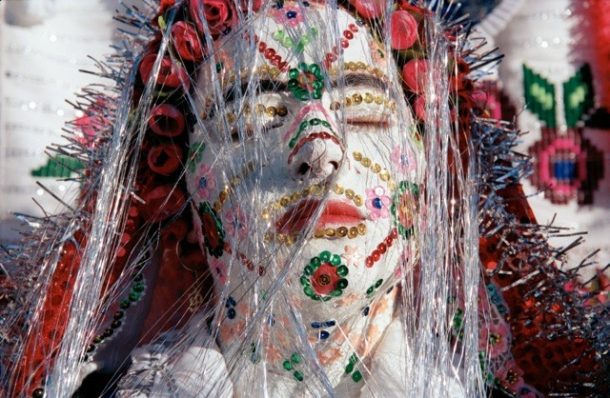
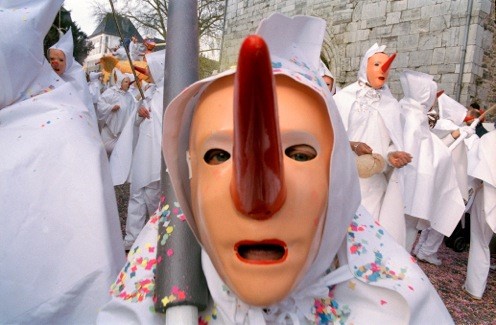
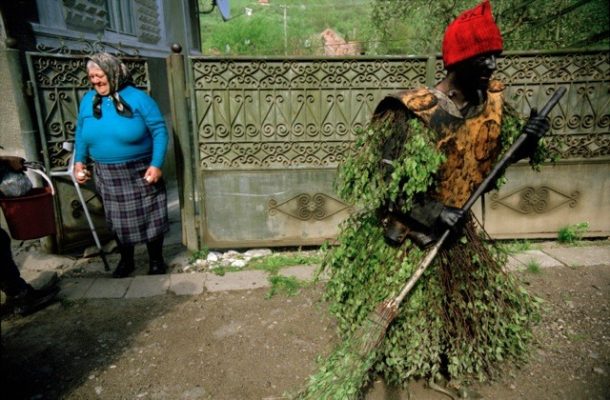
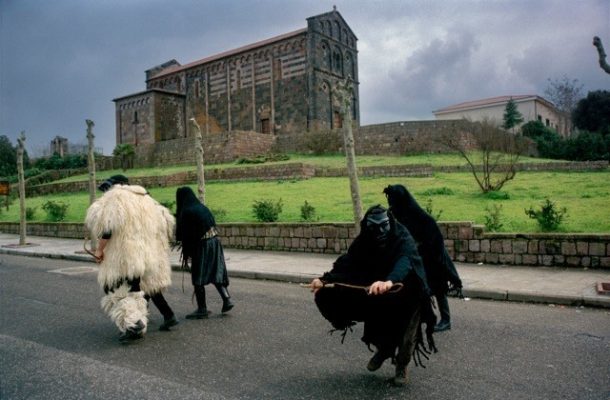

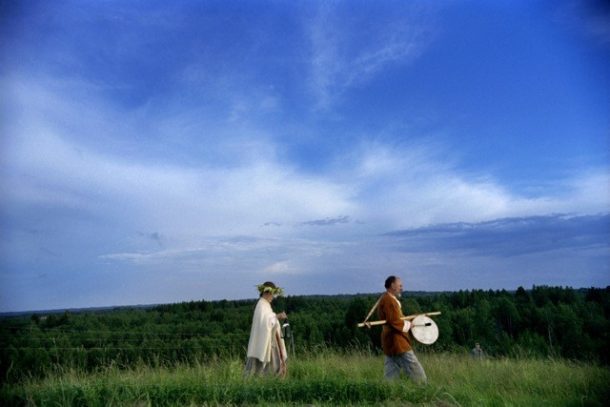

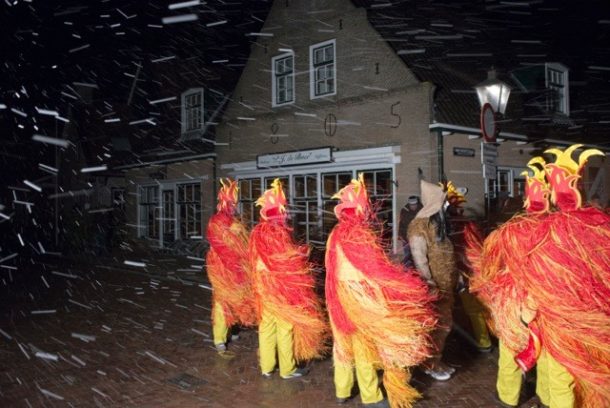
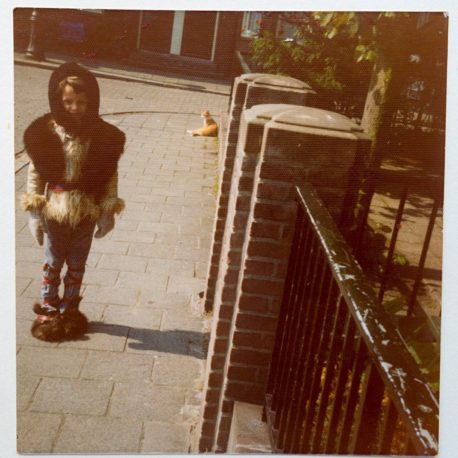














The opinions expressed by individual commentators and contributors do not necessarily constitute this website's position on the particular topic.